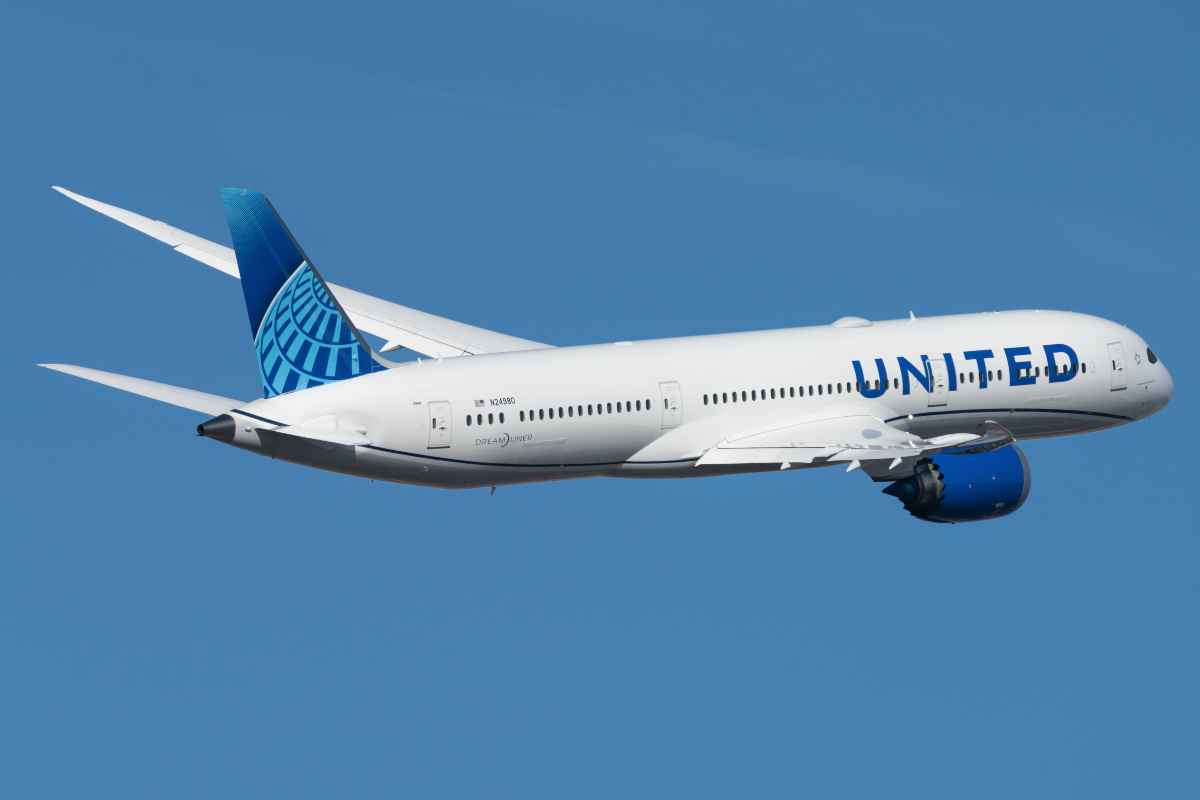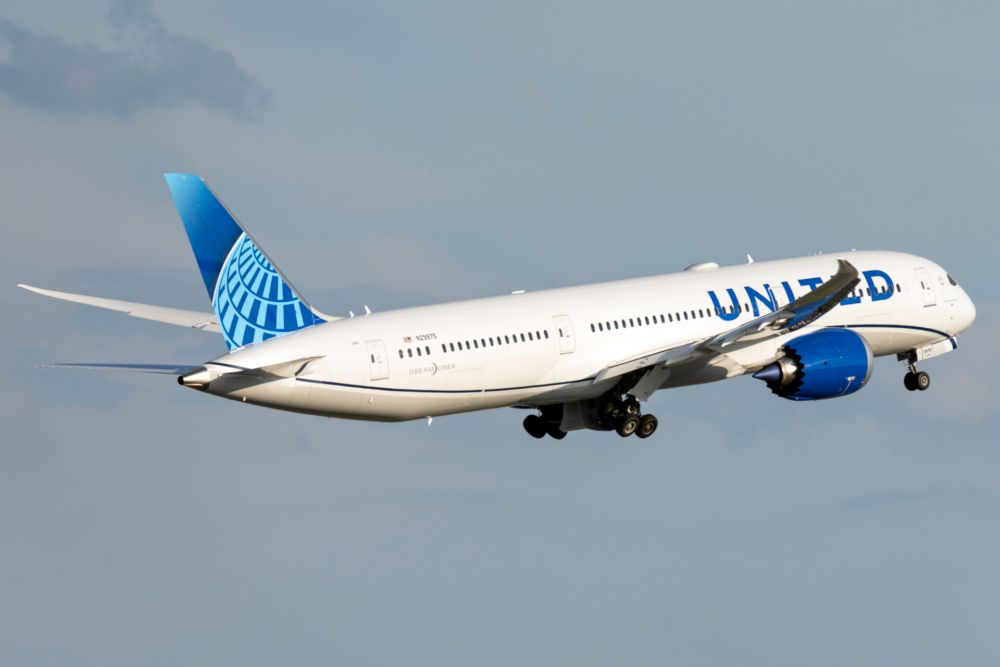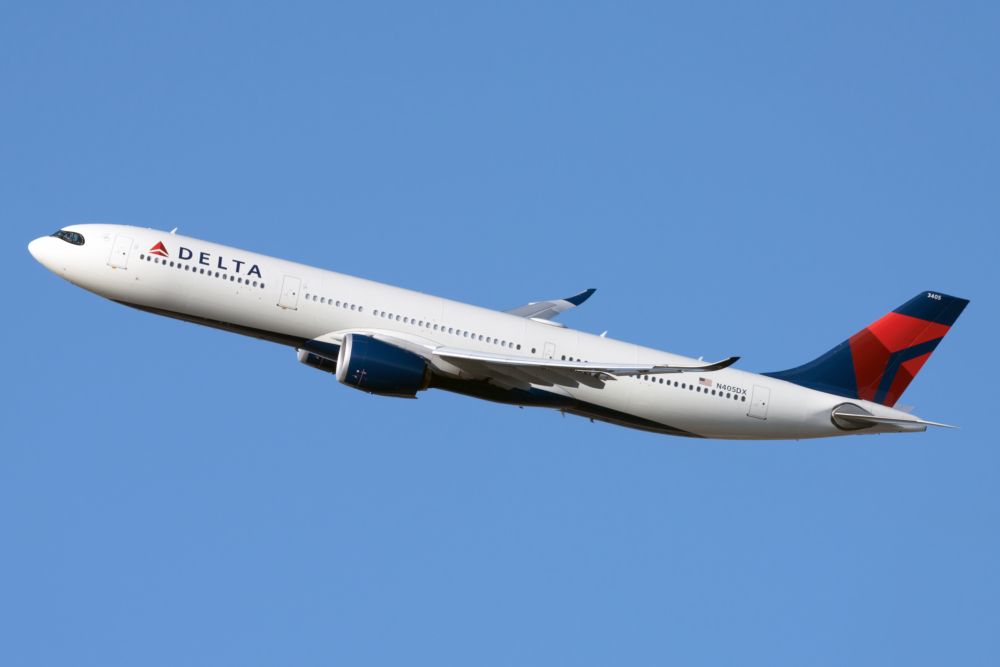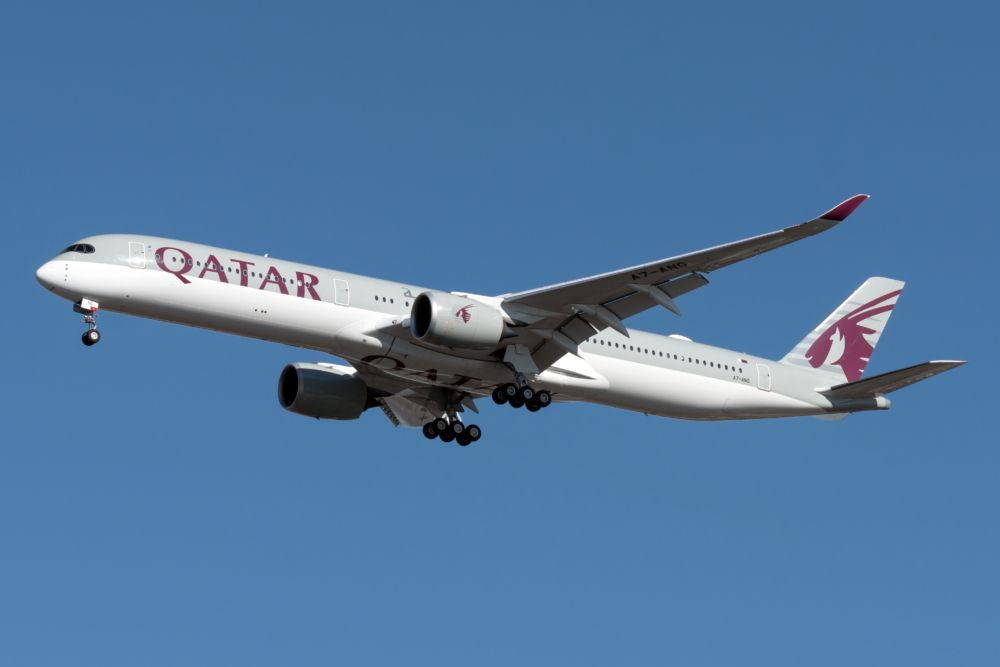Summer 2022 is set to have more seats between the US and the Middle East than any other summer. And there will be even more flights, reflecting smaller aircraft being used. Some 53 non-stop and one-stop routes will operate across ten airlines. Doha has added the most seats, followed by Tel Aviv.
Record summer for the US to the Middle East
Some 7.4 million seats are scheduled between the US and the Middle East next year, based on schedule submissions to OAG. That's 11.4% higher than in summer 2019 (S19) and 3.6% higher than the previous peak in S16. As always, this is simply what is available for sale. It doesn't mean they'll be sold, and it doesn't indicate at what price.
The difference is even starker if the number of flights is examined instead. There are over 23,000 round-trip flights planned, up by 23.5% over S19 and up by 11.4% versus S16. This is because of coronavirus and downgauging aircraft, together with more deliveries of smaller twins. Seats per flight have therefore reduced.
It reflects a sizeable drop in the use of the B777-300ER (previous the main aircraft; down by 34% over S19) and A380 (-29%). At the same time, it a reflects significantly greater use of the lower-capacity B777-200LR (+215%), A350-1000 (+192%), B787-9 (+131%), and A350-900 (+66%).
But why a record summer?
It is because American Airlines has entered since S19, together with solid growth from Qatar Airways (a whopping 52% more seats than S19), El Al (+29%), and United (up by one-fifth). They've offset declines at all other carriers, with Etihad especially badly hit, with over four in ten of its US flights cut.
American has added routes from Tel Aviv to Dallas (taking off on March 6th), Miami, and New York JFK. It'll also begin a once-daily service from JFK to Doha beginning June 4th. Despite mirroring one Qatar Airways' rotation (QR703/QR706), it presently looks like the increasingly close oneworld partners might coexist on the airport-pair as they're both bookable.
Meanwhile, United begins Washington to Amman from May 5th. It has also added Chicago to Tel Aviv and has more seats for sale from Newark and Dulles to Tel Aviv. El Al is to start Chicago on March 27th and has grown other routes, while Delta will launch Boston to Tel Aviv from May 26th.
Stay informed: Sign up for our daily and weekly aviation news digests.
53 routes and ten airlines next summer
As you might expect, Doha has added more US capacity (+59%) than any other airport in the Middle East. It has almost as many as Dubai, helped by Dubai's very marginal fall (-0.9%). Next up is Tel Aviv (+39%), with American, Delta, El Al, and United serving the airport.
- American: Tel Aviv to Dallas, Miami, JFK; Doha to JFK
- Delta: Tel Aviv to JFK and Boston
- El Al: Tel Aviv to Boston, Chicago, JFK, Las Vegas, Los Angeles, Miami, Newark, San Francisco
- Emirates: Dubai to Boston, Chicago, Dallas, Houston, JFK, Los Angeles, Miami, Newark, Orlando, San Francisco, Seattle, Washington
- Etihad: Abu Dhabi to Chicago, JFK, Washington
- Kuwait: Kuwait to JFK
- Qatar Airways: Doha to Atlanta, Boston, Chicago, Dallas, Houston, JFK, Los Angeles, Miami, Philadelphia, San Francisco, Seattle, Washington
- Royal Jordanian: Amman to Chicago, Detroit, JFK
- Saudia: Jeddah to JFK and Washington; Riyadh to JFK and Washington
- United: Amman to Washington; Tel Aviv to Chicago, Newark, San Francisco, Washington
Have you flown any of the above airlines to the Middle East? Let us know in the comments.




